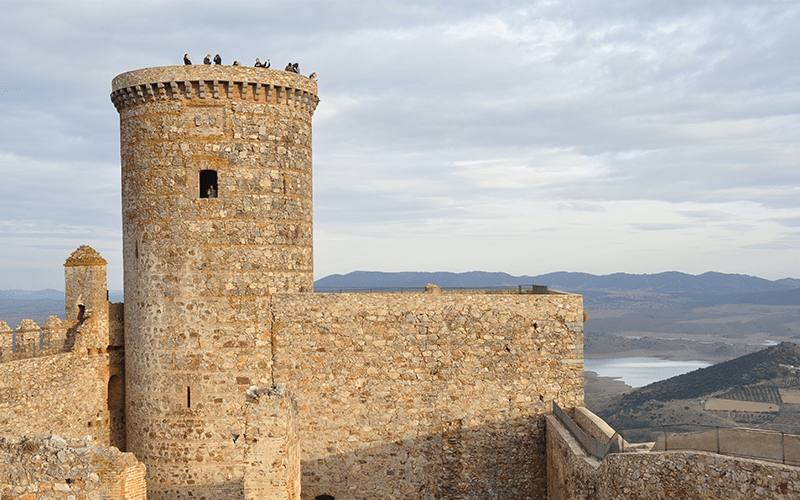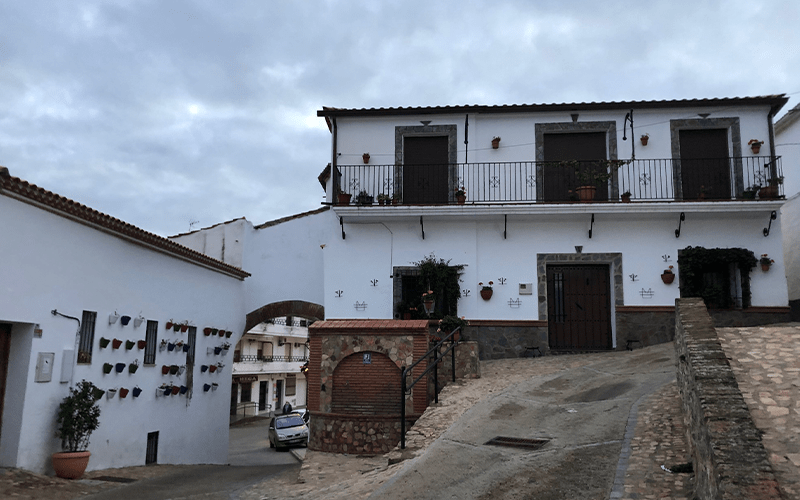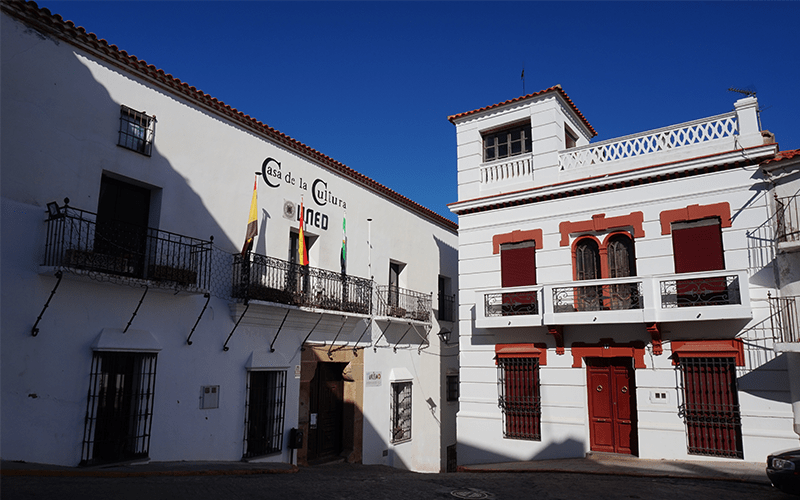PUEBLA DE ALCOCER
It is a municipality located in the province of Badajoz, within the Extremaduran Siberia. It is located at the foot of a mountain crowned with a medieval castle from the 13th century. The vestiges show Roman and Carthaginian origins. The most important are two Neolithic axes and the Roman site of “Lacimurga Constantia Iulia”, which reached its maximum splendor in the 2nd century BC.
The first population settlement that is known, was located in a plain of the mountains called «Old Village», for reasons not entirely contrasted, the population center was changing its location until it was located at the current one, on the slope of the castle, Thus, the population is protected by a wall of which remains remain today.
Regarding the origin of the name of the town, it is believed that the most accurate option is that of the term Al-Qusayr, which means “walled city” or “walled enclosure” in Arabic.
WHAT TO VISIT?
THE CASTLE
It is the quintessential monument of Puebla de Alcocer. It was the Mudejar-style military fortress built in the 13th century and rebuilt in the 15th century. From its top you can see a panorama of incomparable grandeur, whose vast horizons stretch out flat in all directions. From this you can see the entire La Serena valley, with the reservoir that gives it its name, the La Serena reservoir, the second largest reservoir in the Iberian Peninsula and one of the largest in Europe. In addition, the Orellana reservoir can also be seen, and especially at night many surrounding towns can be distinguished.
SANTIAGO APOSTOL PARISH CHURCH
Within the town, the church of Santiago Apóstol stands out, in the archdiocese of Toledo, in the Romanesque-Mudejar style from the 11th to the 12th centuries. Originally it was an Arab mosque. Inside you can see several frescoes from the 13th century, discovered after the restoration carried out in the 1990s. The north façade of the church has a plateresque-style carved stone doorway, ordered to be built by Fray Juan de la Puebla, in which The motto of the Master Don Gutierre de Sotomayor appears: Everything is little; and crowned by an image of Santiago Apóstol with a pilgrim’s habit.
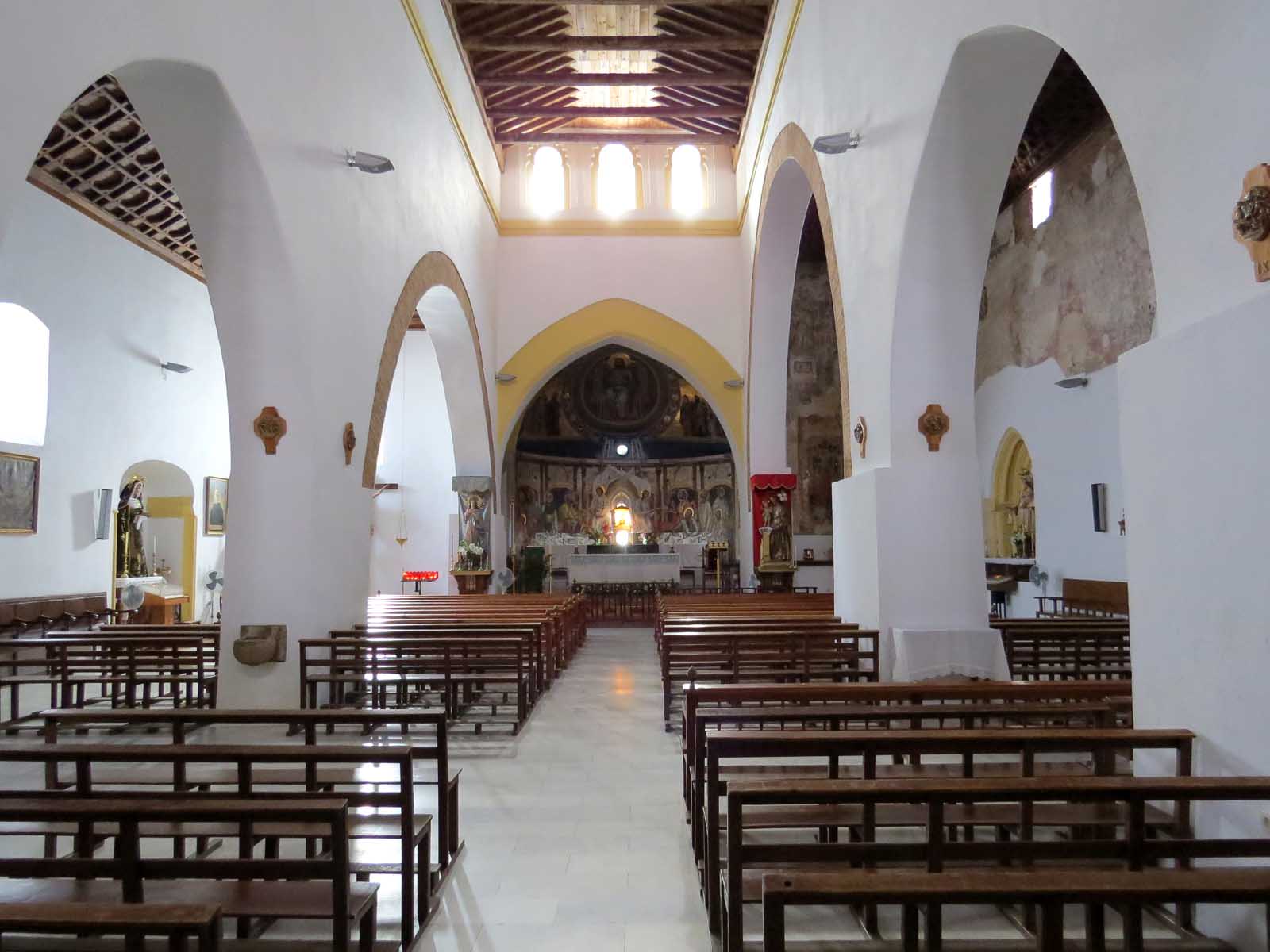
CONVENT OF SAN FRANCISCO
It is from the 16th century, Herrerian style. In front, the door has a patio with a cross in homage to the fallen. It was the place of novitiate for the Franciscan Order of the province of Santa María de los Ángeles until its subsequent transfer to the Guadalupe monastery. At present, the church is preserved in perfect condition, being used for liturgical acts. In it is the patron saint of the town, the Virgen del Rosario.
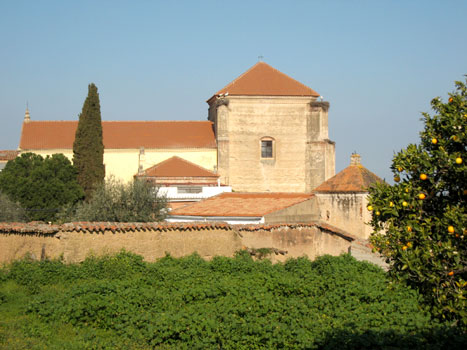
CONVENT OF THE VISITATION
On the outskirts of the town stands another large convent complex: Las Agustinas, also with a large church and beautiful cloister. Its construction dates from the mid-16th century. It was abandoned and dismantled at the beginning of the Spanish Civil War, which caused its deterioration to be faster. It later passed into private hands.
There is a legend about its construction, in which the Virgin appeared to the priest of Talarrubias on a pear tree, and commissioned its construction for the Order of the Immaculate Conception. There is also another legend about a nun who was sweating three days after her death, and when her remains were removed over time, it was observed that she had a cross marked on her skull.
Today, numerous birds nest on the remains of the convent, especially storks. Its Plateresque doorway is still preserved, and inside its double arched cloister with granite columns.
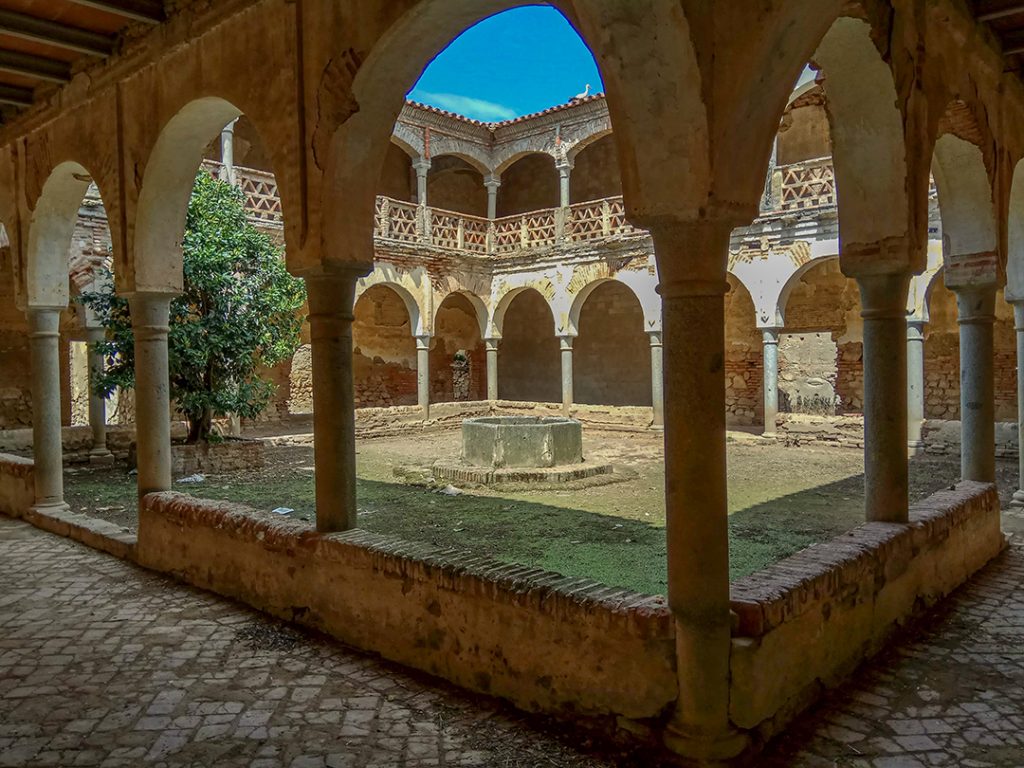
ETHNOGRAPHIC MUSEUM
In the cellars of the San Francisco Convent, it houses objects recovered from archaeological sites and utensils donated by the locals.
EXTREME GIANT MUSEUM
It is to commemorate the figure of Agustín Luengo, one of the tallest men in the world whose remains are in the National Archaeological Museum of Madrid.
ROMAN ARCHAEOLOGICAL SITES
-Lacimurga Constantina Iulia
-Old Village
-The Pozancas
-The Castillejos

